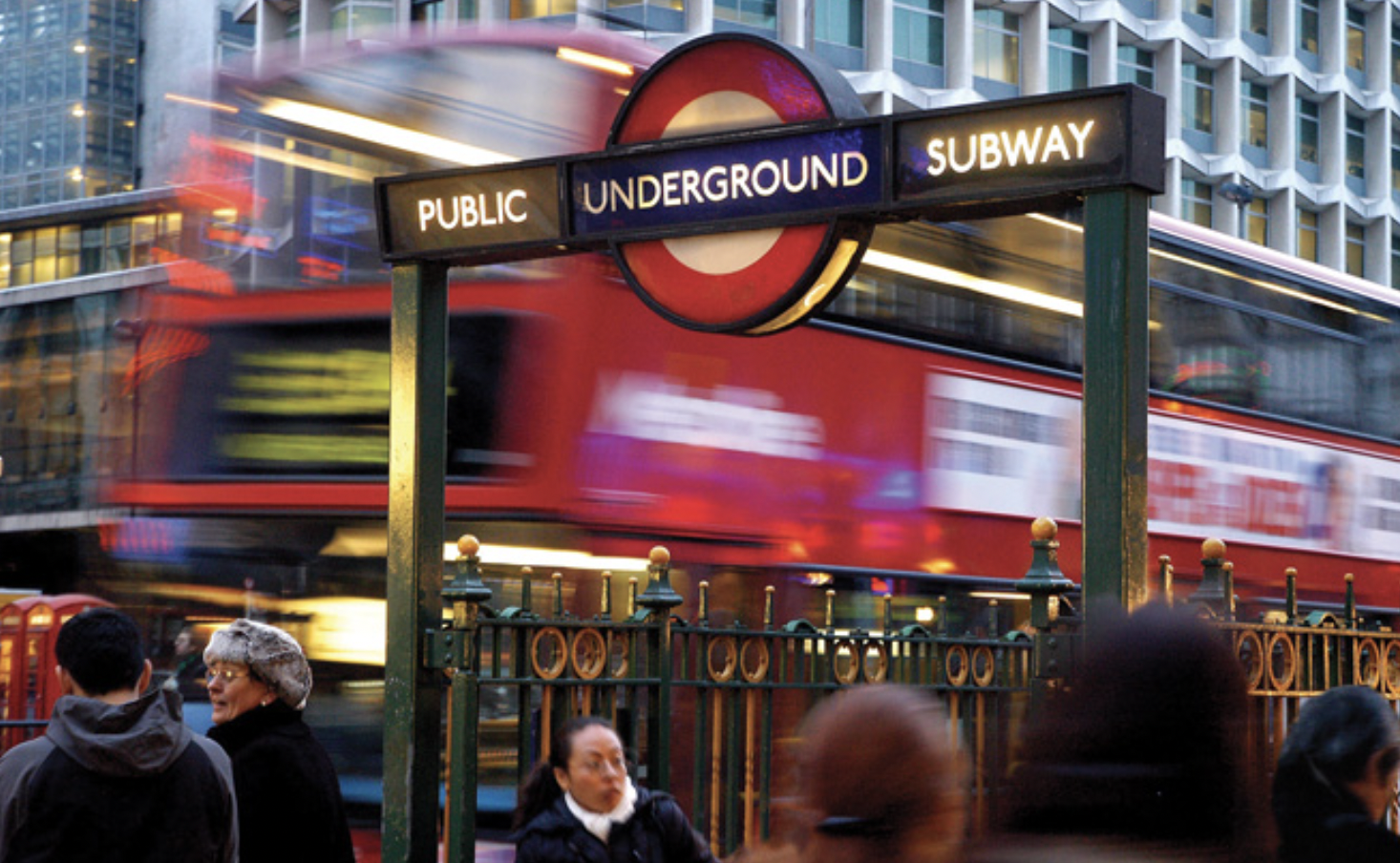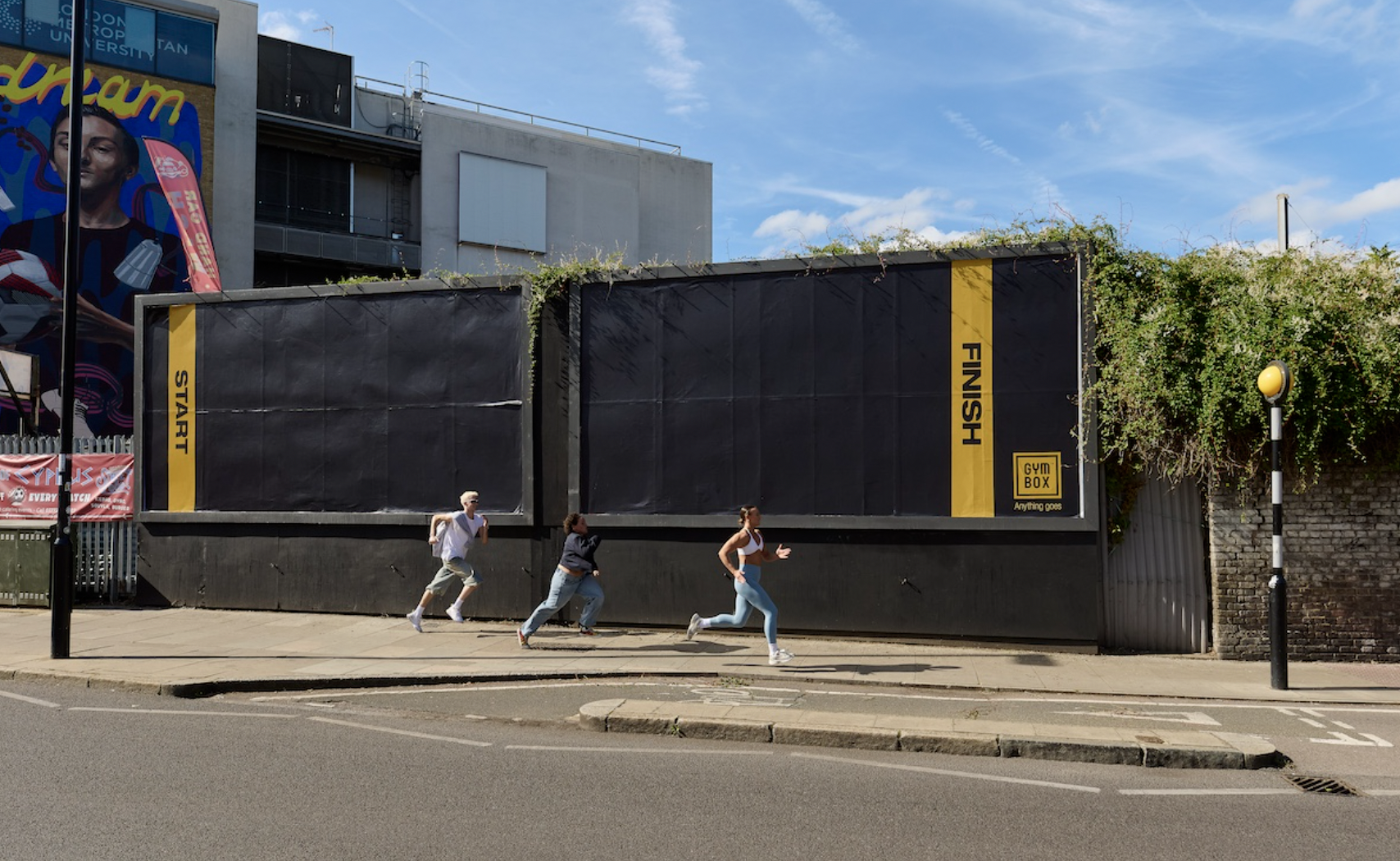Turning Data into Insight: The Role of Location Intelligence in Smarter Decision-Making
In a world overflowing with data, businesses can easily feel overwhelmed. Yet, it’s not just about having more information – it’s about structuring that data, so it leads to meaningful insights. Location Intelligence plays a crucial role by organising data geographically and providing the context that helps businesses make smarter, more informed decisions.
Let’s dive deeper into how some UK brands are using Location Intelligence to make strategic choices about where to invest, how to expand and how to serve customers better.
Understanding Local demand
Boots, the popular high street pharmacy, uses Location Intelligence to align its operations with the needs of individual stores. Instead of treating every location the same, Boots analyses footfall data, regional shopping behaviours and demographic insights to fine-tune product offerings, staffing and promotions. Town locations, for example, might emphasise cosmetics and on-the-go wellness products, while suburban stores focus more on family health solutions. Geo-coding is essential to understand how far customers are prepared to travel to a different store location, enabling companies like Boots to make data-backed decisions that improve customer satisfaction and operational efficiency.
Unique Digital Strategies
Take growing fitness brand Gymbox, who like to take a unique approach in their marketing campaigns. They are also known for their quirky, experience-focused gyms, and use location data to choose areas where their unconventional brand will resonate most. By mapping local demographics and cultural trends, they can strategically place gyms in areas with a high concentration of young professionals or creatives, ensuring their unique classes “rave fit” and “stiletto workout” are a perfect fit for the community. This level of data-driven insight ensures that Gymbox locations attract their ideal clientele and stand out in a competitive market.
Gymbox OOH campaign used location data to turn billboards into a workout
Smart Pricing Approaches
Premier Inn, one of the UK’s largest hotels chains, uses Location Intelligence to optimise pricing across its many hotel locations. Rather than relying on fixed prices, Premier Inn analyses local data on events that maybe running locally, seasonal tourism peaks and even weather conditions. For example, during major festivals or sporting events, room rates adjust dynamically to reflect heightened demand. This allows Premier Inn to stay competitive while maximising occupancy and revenue.
Planning For The Future
Another great example of Location Intelligence in action is Transport for London (TfL). By analysing how people move across the city in real-time, TfL can optimise bus routes, adjust tube timetables and plan for future transport infrastructure. During peak times or major public events, they can divert more resources to busy areas, reducing congestion and improving passenger experience. Location data allows them to react to daily traffic patterns and plan strategically to accommodate London’s future transport needs.

TfL use location data to predict when and where their network is busiest
Intelligent Site Selection
Businesses like Savills Estate Agency are leveraging Location Intelligence to guide commercial property decisions. Savills uses geographic data to advise retail, residential and office developers on where to build their premises based on foot traffic patterns, economic growth projections and local consumer behaviours. By layering this data onto their broader market insights, Savills can help developers choose sites that align with both current demand and long-term growth prospects for smarter investment choices.
Optimising Business Locations
Nando’s, the extremely popular peri-peri chicken chain, uses Location Intelligence to optimise location planning for their new restaurants. By combining footfall data, local demographic insights, and competitor presence, Nando’s choose high-traffic locations that attract their target customers, whether in bustling city centres or growing suburban areas. This approach ensures their restaurants are always in the right place to meet demand and boosts their profits.
The Value of Location Intelligence
What ties all of these industries and businesses together is that they’ve gone beyond just collecting data, they’re structuring it in ways that allow for smarter, more precise decision-making.
Whether you’re planning the next gym opening, optimising property investments or adjusting your services to match demand, Location Intelligence can take your raw data and add critical layers of context, providing businesses with deep customer insights that enable you to make smarter decisions.
Keen to see how our advanced Location Intelligence platform Periscope® can improve your decisions? Contact us for a personalised consultation.

